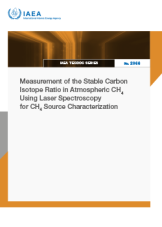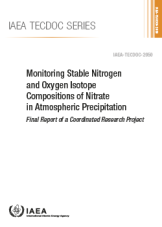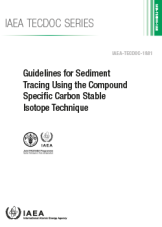Stable isotopes are non-radioactive forms of atoms. Although they do not emit radiation, their unique properties enable them to be used in a broad variety of applications, including water and soil management, environmental studies, nutrition assessment studies and forensics.
Eighty out of the first 82 elements in the periodic table have stable isotopes. Measuring and analysing their distribution allows for many practical applications. The IAEA assists Member States in using isotope-based techniques in such areas as hydrology, environmental studies and agriculture, among others.
Stable isotopes can be used by measuring their amounts and proportions in samples, for example in water samples. Naturally-occurring stable isotopes of water and other substances are used to trace the origin, history, sources, sinks and interactions in water, carbon and nitrogen cycles.
Stable isotopes can also be used as tracers, which are deliberately added to a system that is to be studied, such as in agriculture or nutrition. For this purpose, they must be separated using highly sophisticated techniques, such as mass spectrometry.
While deuterium H-2, an isotope twice as heavy as hydrogen, is predominantly used in nutrition research, nitrogen-15 is the most common stable isotope used in agriculture. Many other stable isotopes are also increasingly being used.








